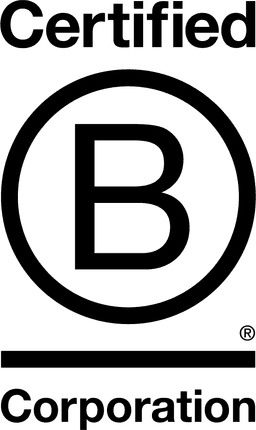

Buildings Alive

New South Wales, Australia
September 2022
Other info service activities
Service with Minor Environmental Footprint
Australia
Buildings Alive helps many of the world’s leading owners, operators, and occupiers of buildings to achieve their energy and environmental efficiency goals. They support carbon reduction and environmental programs at hundreds of large office buildings, shopping malls, academic buildings, laboratories, and other complex buildings throughout Australia, North America, and Europe. The business was founded in 2012 to broaden the impact of an influential study that showed how leading-edge data science, building science and behavioral science could combine to optimize the energy and environmental performance of buildings. Many of Buildings Alive’s clients share its passion for taking emissions reduction strategies beyond ‘net zero’ towards 24/7 Carbon Free Energy (CFE). Buildings Alive’s goal is to support the complete decarbonization of electricity networks globally to limit climate change. Their technology is transforming the energy ‘system’ by empowering buildings to be grid-interactive, flexible, and zero-carbon-ready… so they can dynamically tune their demand for energy to cut emissions, cut operating costs, and enhance indoor environmental quality.
Overall B Impact Score
Governance 18.0
Governance evaluates a company's overall mission, engagement around its social/environmental impact, ethics, and transparency. This section also evaluates the ability of a company to protect their mission and formally consider stakeholders in decision making through their corporate structure (e.g. benefit corporation) or corporate governing documents.
What is this? A company with an Impact Business Model is intentionally designed to create a specific positive outcome for one of its stakeholders - such as workers, community, environment, or customers.
Workers 27.0
Workers evaluates a company’s contributions to its employees’ financial security, health & safety, wellness, career development, and engagement & satisfaction. In addition, this section recognizes business models designed to benefit workers, such as companies that are at least 40% owned by non-executive employees and those that have workforce development programs to support individuals with barriers to employment.
Community 14.1
Community evaluates a company’s engagement with and impact on the communities in which it operates, hires from, and sources from. Topics include diversity, equity & inclusion, economic impact, civic engagement, charitable giving, and supply chain management. In addition, this section recognizes business models that are designed to address specific community-oriented problems, such as poverty alleviation through fair trade sourcing or distribution via microenterprises, producer cooperative models, locally focused economic development, and formal charitable giving commitments.
Environment 23.6
Environment evaluates a company’s overall environmental management practices as well as its impact on the air, climate, water, land, and biodiversity. This includes the direct impact of a company’s operations and, when applicable its supply chain and distribution channels. This section also recognizes companies with environmentally innovative production processes and those that sell products or services that have a positive environmental impact. Some examples might include products and services that create renewable energy, reduce consumption or waste, conserve land or wildlife, provide less toxic alternatives to the market, or educate people about environmental problems.
What is this? A company with an Impact Business Model is intentionally designed to create a specific positive outcome for one of its stakeholders - such as workers, community, environment, or customers.
Customers 3.6
Customers evaluates a company’s stewardship of its customers through the quality of its products and services, ethical marketing, data privacy and security, and feedback channels. In addition, this section recognizes products or services that are designed to address a particular social problem for or through its customers, such as health or educational products, arts & media products, serving underserved customers/clients, and services that improve the social impact of other businesses or organizations.